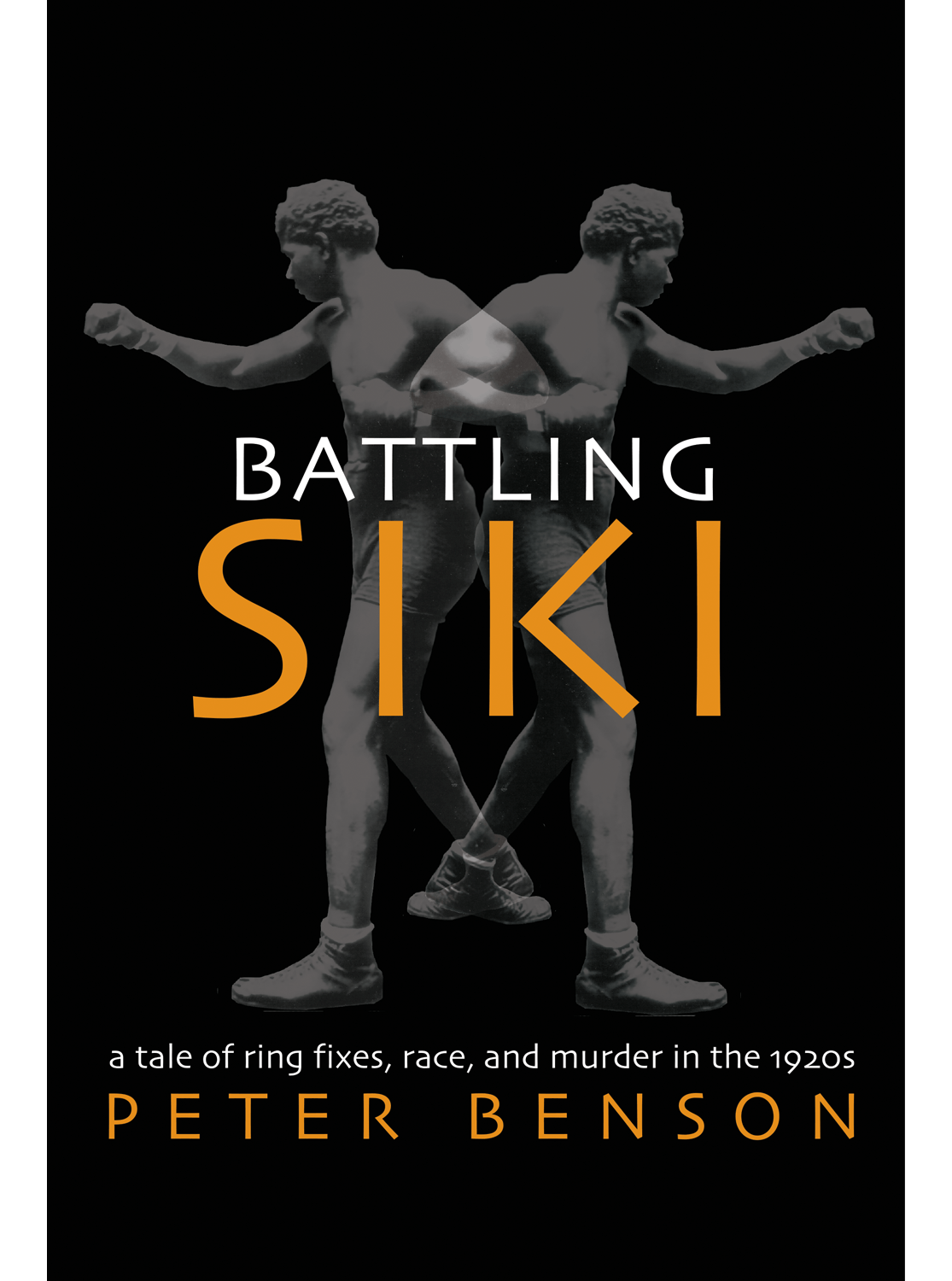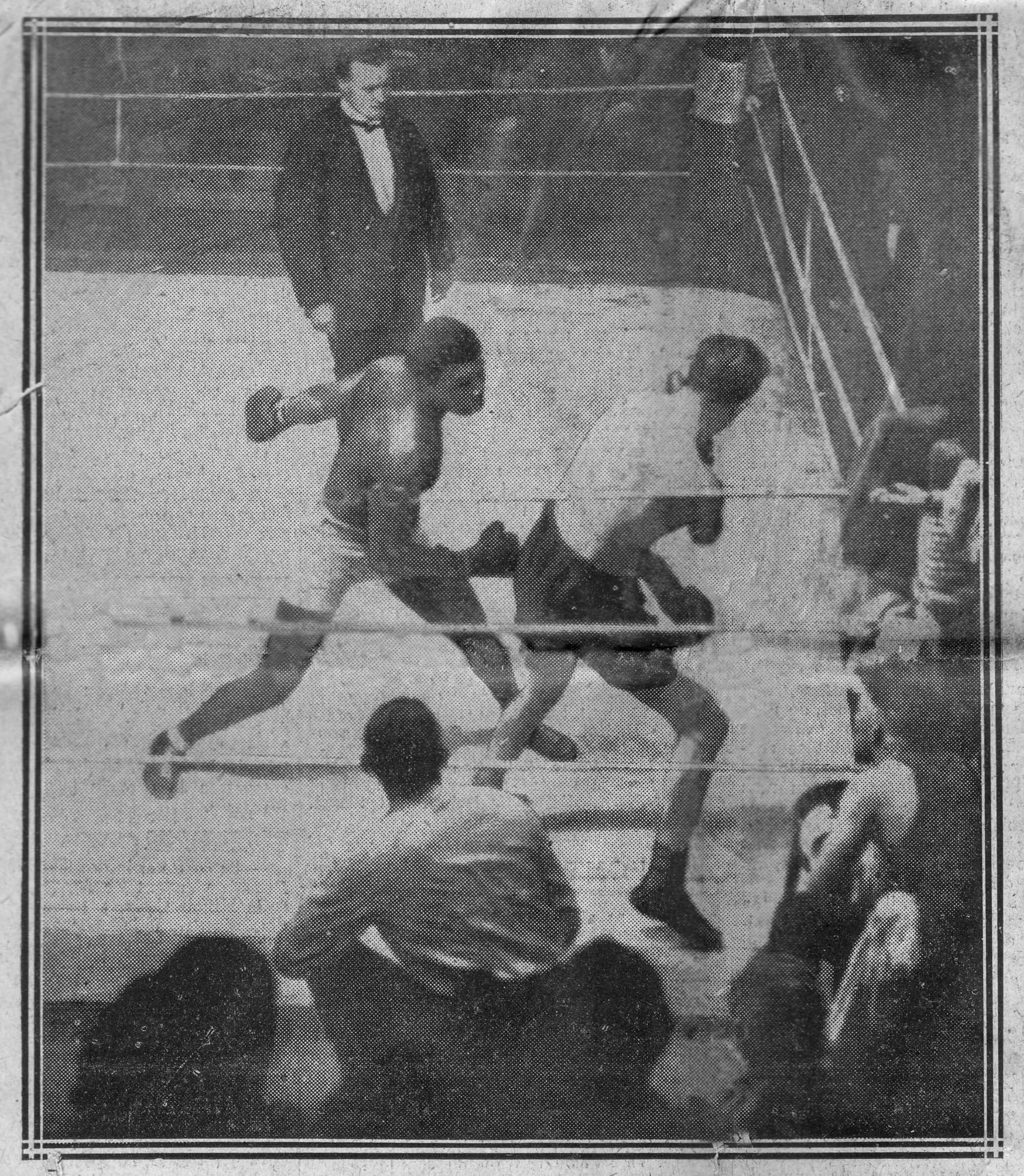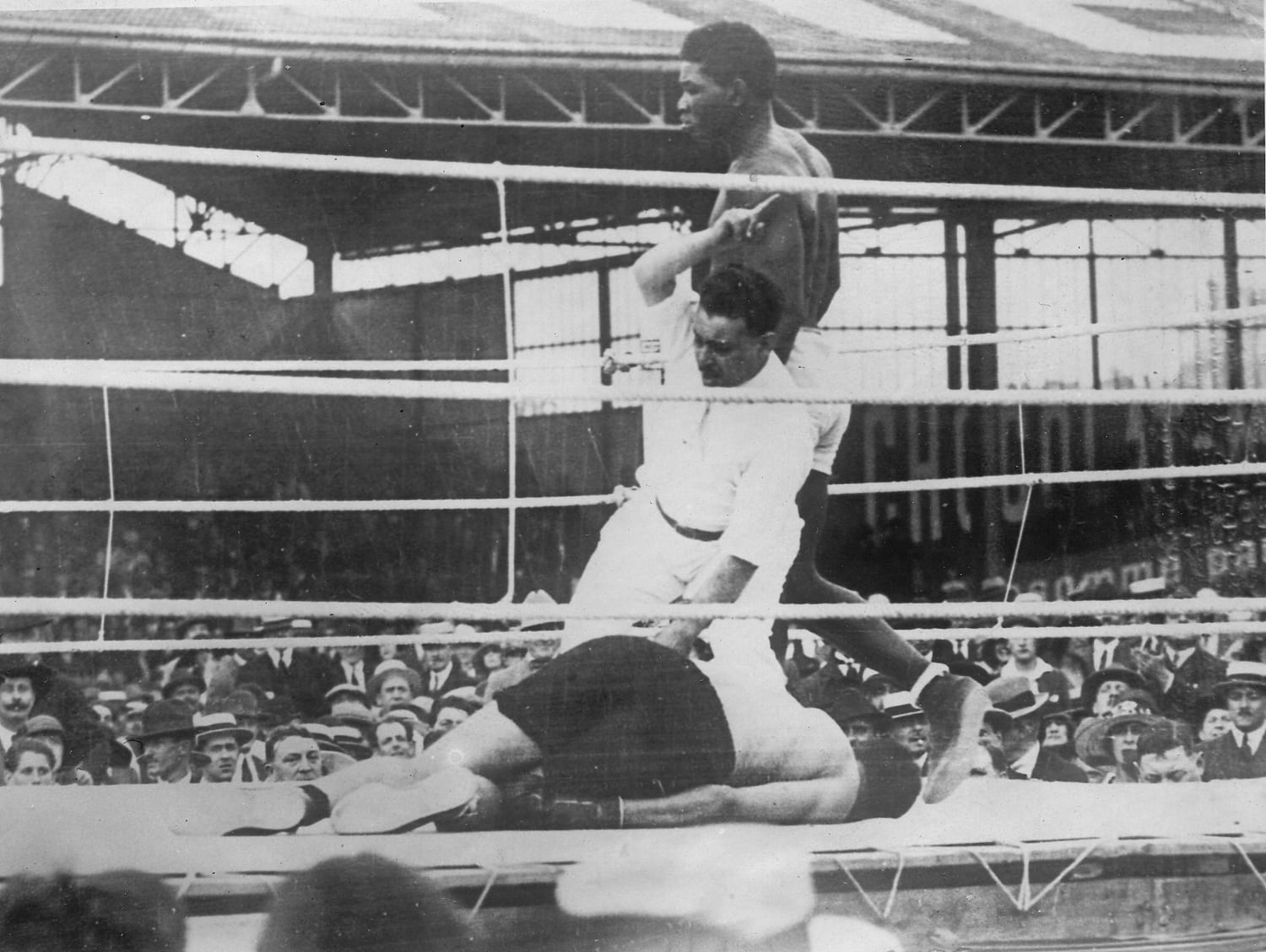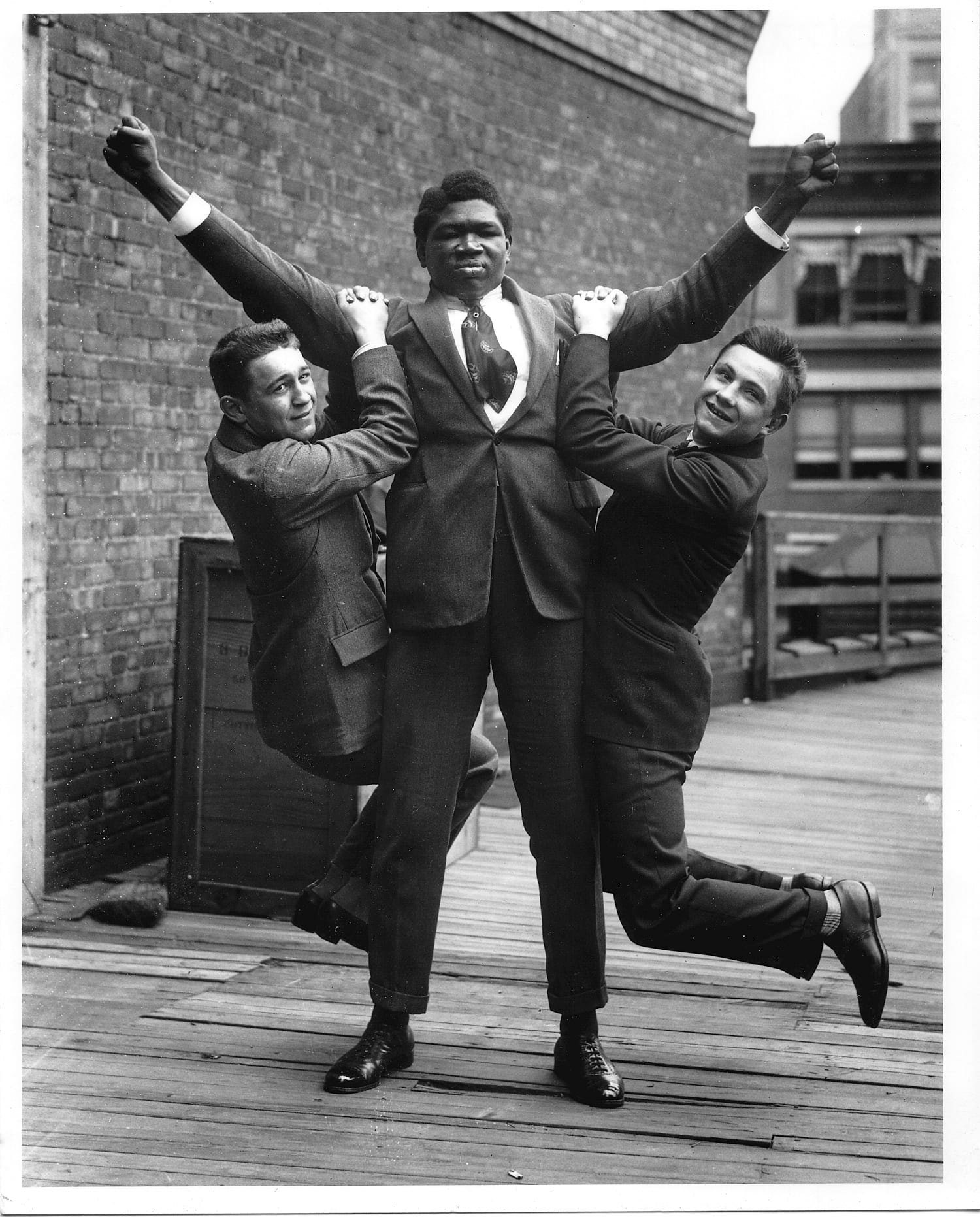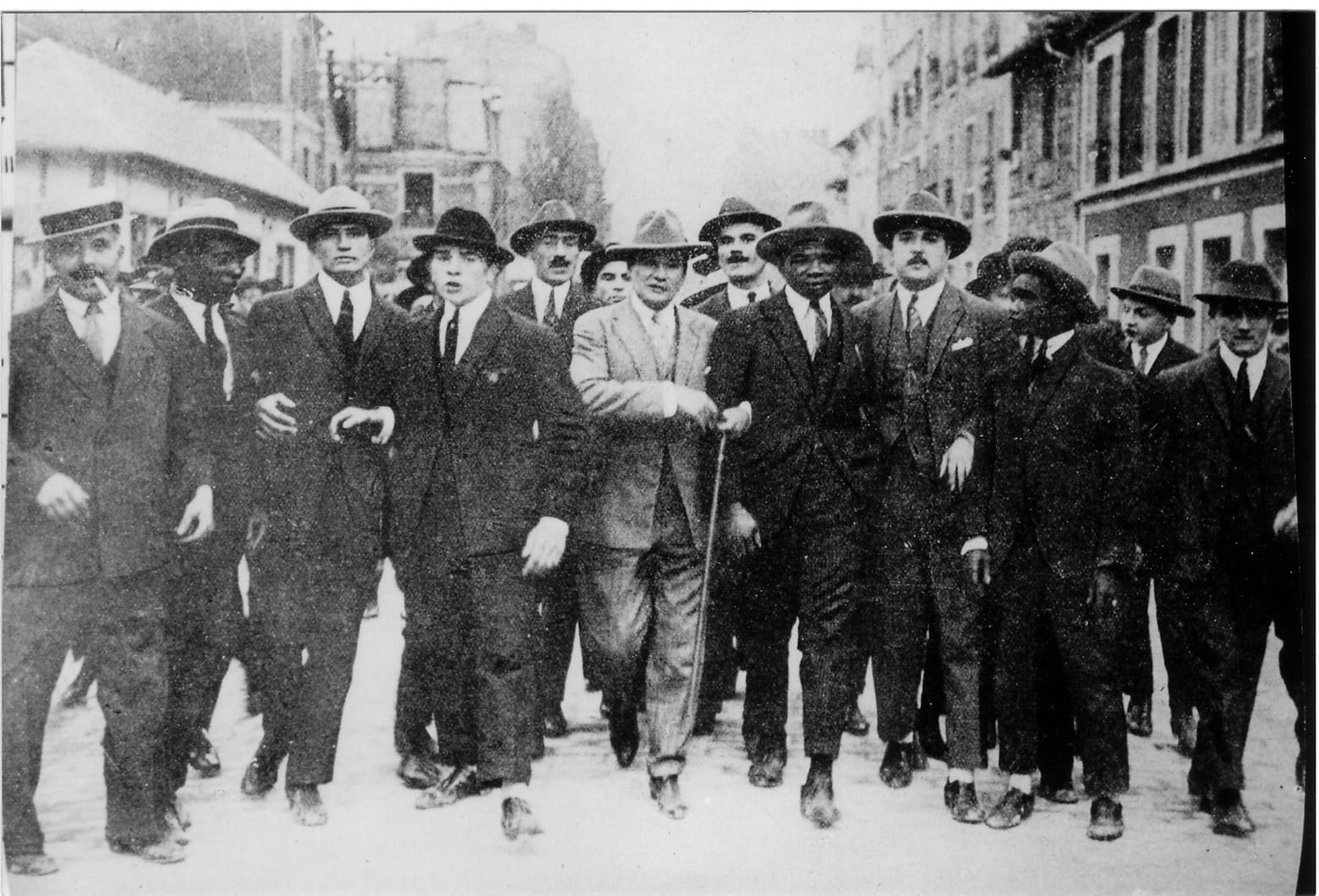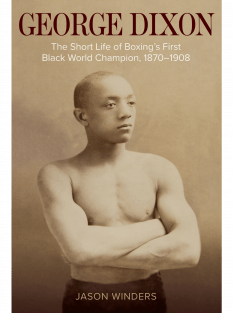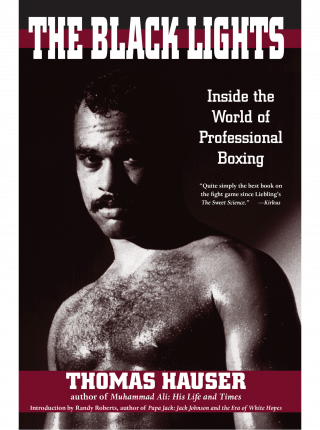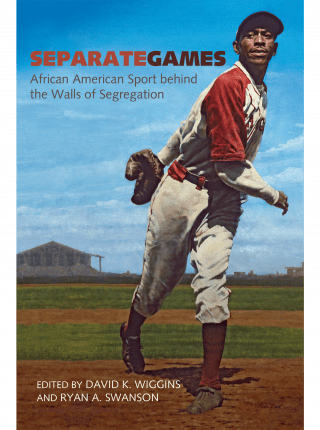Battling Siki (1887–1925) was once one of the four or five most recognizable black men in the world, and was written about in detail by such figures as Ring Lardner and his son John, Damon Runyon, and Westbrook Pegler. One can find his legacy in the name of a popular rock group, one of Che Guevara’s lieutenants, a character on Xena, Warrior Princess, and the Battling Siki Hotel in the fighter’s homeland, Senegal. Peter Benson’s biography of the first African to win a world championship in boxing delves into the complex world of sports, race, colonialism, and the cult of personality in the early twentieth century.
Born Amadu Fall, Siki was taken from Senegal to France by an actress and assumed the name Louis M’barick Fall. After an inauspicious beginning as a boxer, he served in World War I with distinction then returned to boxing and compiled a most impressive record (forty-three wins in forty-six bouts). Then, on September 24, 1922, at Paris’s Buffalo Velodrome, before forty thousand stunned spectators (including a young Ernest Hemingway, who wrote about the fight), Battling Siki, employing his trademark “windmill” punch, fought and defeated the reigning world and European light heavyweight champion, Georges Carpentier.
The colorful Siki spent a fortune partying and carousing, was arrested for firing a pistol in the air, and was frequently seen on the streets of Paris, dressed in flashy clothes, walking his pet lion cubs on a leash. But he also provoked a scandal by exposing the corruption of the fight game in France, spoke out boldly against racism, and was arrested for deliberately defying the code of racial segregation in the American South. Siki’s flamboyant image was largely created by newsmen. In fact, the real Siki, while he did certainly like to party, was also an intelligent and socially conscious person, who detested the media’s image of him as a simple-minded drunken savage.
Offers rushed in for him to fight in the United States, maybe even against Jack Dempsey. But in a move many have called one of the strangest a fighter ever made, he fought Irishman Mike McTigue in Dublin on St. Patrick’s Day—and lost. After losing his European title he came to the United States and fought without much success. He continued to drink and get into street brawls. On the evening of December 15, 1925, at the age of twenty-eight, he was shot and killed in Hell’s Kitchen in what some claimed was a gangland execution.
Peter Benson’s biography beautifully captures Battling Siki’s amazing boxing career and sheds new light on the scandal surrounding his marriages and public behavior, his alleged participation in ring fixes, and the mystery surrounding his death.

